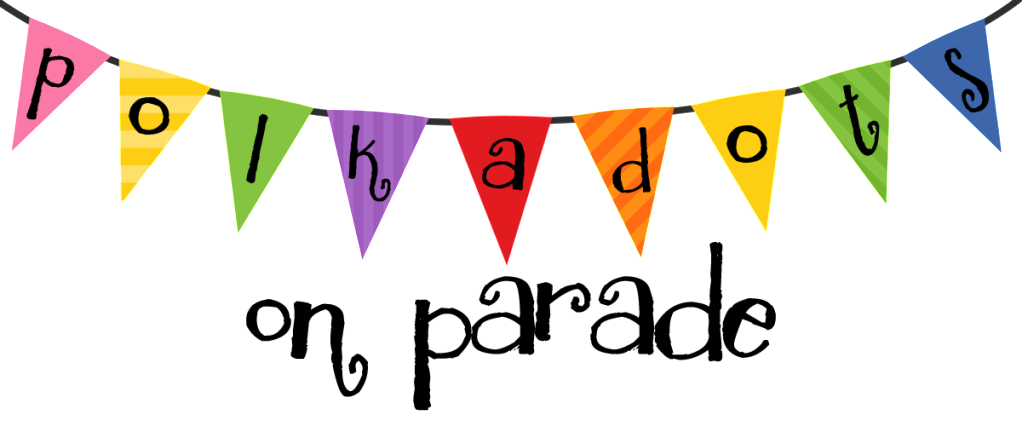We love Pretend City for the way they understand children.
Their loves, their fears, and the things that make them truly happy.
Here are some tips from Pretend City Children’s Museum’s
Senior Director of Education, Linda Hunter to Help Put Little Minds at Ease
EXPLAINING “SPOOKY” TO CHILDREN BEFORE HITTING
THE TRICK-OR-TREAT NEIGHBORHOOD TRAIL
We’re in the midst of the spookiest month of the year with ghosts, ghouls, goblins and more.
Have you ever wondered what your young child is thinking, feeling and internalizing
as they witness all of the flair from the Halloween holiday around them?
The concepts of spooky and scary are handled differently in distinct stages of a young child’s development.
To provide some quick background, dealing with a 3- or 4-year-old trick-or-treater
will be different than trick-or-treating with your 2-year-old.
A 2-year-old reacts with a fairly limited frame of reference.
They are also very concrete: what they see or feel is their reality.
Wrapping their minds around the fact that a haunted house or a monster is not real
is beyond what you should expect of your child at that age.
At about age 5 children are developing their abstract thinking
and understand more fully about pretend vs. real.
Their kindergarten year is a more appropriate age
to begin to introduce the more scary aspects of Halloween fun.
Here are a few tips about how to explain “spooky” to young children
before heading out the door for the night’s trick-or-treat excursion.
0-2-year-olds: Keep your young toddler close to you
and physically comfort and reassure them that they are safe
if they seem scared. Also, consistently remind your youngster
that what they see, hear or experience is “just PRETEND.”
Children at a young age, even at 2-years-old,
know this term even if they can’t fully comprehend it.
Reassure your child that you are there
and will make sure that nothing will hurt them.
3-, 4- and 5-year-olds: At these ages, prepare children
before they go out to trick-or-treat by talking about
what is expected and what they may see
(e.g., fake blood, spider webs, monsters, etc.).
Discuss the difference between real and pretend.
Get them talking when they return.
Ask your child what was the most fun part of the night
and maybe the scariest part of the night.
The open dialogue will get them to share their experiences
and can allow you to reassure them
that it was “just pretend” if something bothered them.
Plan ahead.
Figure out a plan with your child for the next time things are scary.
This will reassure children and help them
to have a sense of control over managing their scary feelings.
Last, but not least: remember that spooky doesn't have to be scary.
There is a difference between the two; spooky is non-threatening and scary feels threatening.
While spooky may encourage a child to be inquisitive and wonder what’s up,
scary provokes the fear of being hurt.
This is good to remember as you consider the level of exposure to “Halloween Happenings”
that you want for your child, before hitting the trick-or-treat neighborhood trail.
Linda Hunter, MA, LMFT
Senior Education Director and Chief Operations Officer, Pretend City Children’s Museum
Linda earned her Bachelor of Arts Degree in Human Development and Master's Degree
in Marriage, Family, and Child Therapy from the prestigious Pacific Oaks College in Pasadena.
Linda joined Pretend City in 2002 prior to its opening and has over 40 years of experience
working with children and families in both the fields of early childhood education and family therapy.













No comments:
Post a Comment